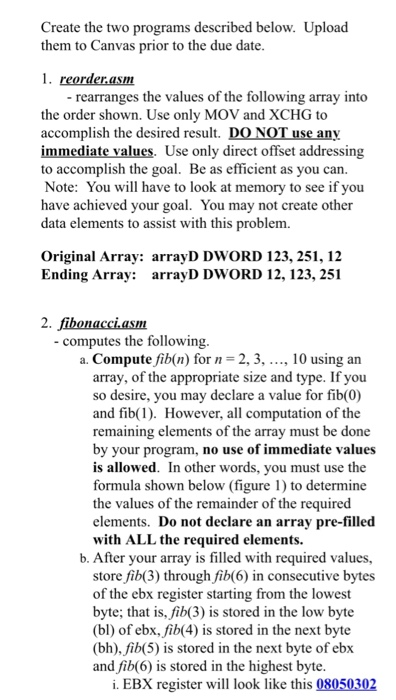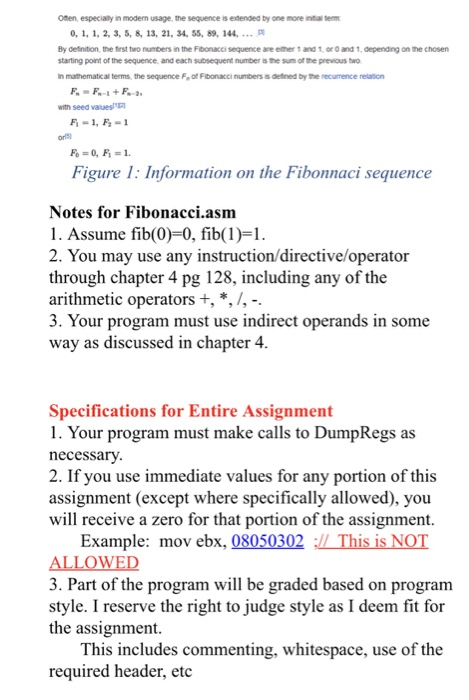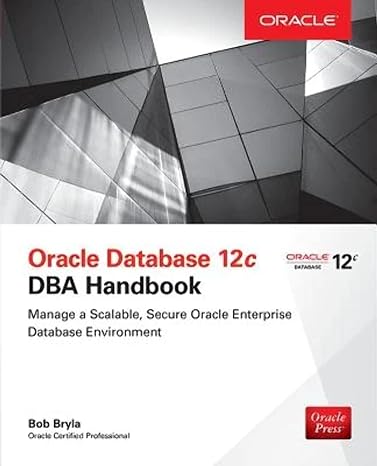This must be done in Assembly Language

Cre ate the two programs described below. Upload them to Canvas prior to the due date - rearranges the values of the following array into the order shown. Use only MOV and XCHG to accomplish the desired result. DO NOT use any Use only direct offset addressing to accomplish the goal. Be as efficient as you can Note: You will have to look at memory to see if you have achieved your goal. You may not create other data elements to assist with this problem. Original Array: arrayD DWORD 123, 251, 12 Ending Array: arrayD DWORD 12, 123, 251 - computes the following a. Compute fib(n) for-2, 3, ..., 10 using an array, of the appropriate size and type. If you so desire, you may declare a value for fib(0) and fib(1). However, all computation of the remaining elements of the array must be done by your program, no use of immediate values is allowed. In other words, you must use the formula shown below (figure 1) to determine the values of the remainder of the required elements. Do not declare an array pre-filled with ALL the required elements. b. After your array is filled with required values, store fib(3) through fib(6) in consecutive bytes of the ebx register starting from the lowest byte; that is, fib(3) is stored in the low byte (bl) of ebx, fib(4) is stored in the next byte (bh),fib(5) is stored in the next byte of ebx and fib(6) is stored in the highest byte i. EBX register will look like this 08050302 Cre ate the two programs described below. Upload them to Canvas prior to the due date - rearranges the values of the following array into the order shown. Use only MOV and XCHG to accomplish the desired result. DO NOT use any Use only direct offset addressing to accomplish the goal. Be as efficient as you can Note: You will have to look at memory to see if you have achieved your goal. You may not create other data elements to assist with this problem. Original Array: arrayD DWORD 123, 251, 12 Ending Array: arrayD DWORD 12, 123, 251 - computes the following a. Compute fib(n) for-2, 3, ..., 10 using an array, of the appropriate size and type. If you so desire, you may declare a value for fib(0) and fib(1). However, all computation of the remaining elements of the array must be done by your program, no use of immediate values is allowed. In other words, you must use the formula shown below (figure 1) to determine the values of the remainder of the required elements. Do not declare an array pre-filled with ALL the required elements. b. After your array is filled with required values, store fib(3) through fib(6) in consecutive bytes of the ebx register starting from the lowest byte; that is, fib(3) is stored in the low byte (bl) of ebx, fib(4) is stored in the next byte (bh),fib(5) is stored in the next byte of ebx and fib(6) is stored in the highest byte i. EBX register will look like this 08050302









